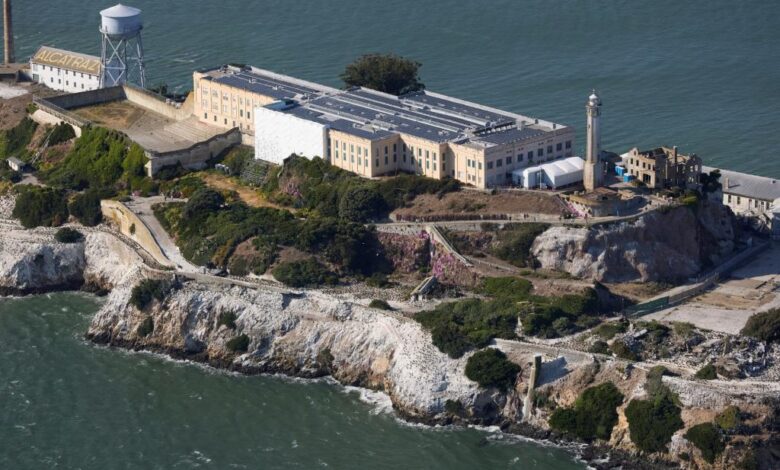Trump’s Alcatraz plan: Letters

President Trump’s recent suggestion to reopen Alcatraz for the “dregs of society” has sparked controversy and debate. Some see it as a bold move to address the issue of rising crime rates, while others view it as a misguided and costly endeavor.
Alcatraz, once home to some of America’s most notorious criminals, was closed in 1963 due to the high cost of housing inmates in the facility. President Trump’s proposal to reopen the prison has raised questions about the feasibility and effectiveness of such a plan. Critics argue that the cost of refurbishing Alcatraz and housing a small number of inmates would be exorbitant, especially when there are already secure jails in place.
While some believe that reopening Alcatraz could serve as a deterrent to hardened criminals, others question the necessity of such a drastic measure. The idea of turning a historic tourist spot into a working prison has also raised concerns about the impact on the island’s legacy.
In response to President Trump’s proposal, there have been mixed reactions from the public. Some see it as a necessary step to address crime rates, while others view it as a distracting stunt. The debate continues as to whether reopening Alcatraz is a viable solution to the current challenges facing the criminal justice system.
In a separate issue, City Council members have proposed deleting the NYPD’s gang database in order to prevent ICE arrests. This move has been met with criticism from those who believe it will lead to an increase in crime and put the safety of citizens at risk. The debate over the city’s approach to policing and immigration enforcement continues to divide opinions.
Overall, the discussions surrounding President Trump’s suggestion to reopen Alcatraz and the City Council’s initiative to delete the gang database highlight the complex and contentious nature of criminal justice and immigration policies. As the debates continue, it is clear that finding a balance between public safety and civil liberties remains a challenging task for policymakers.





